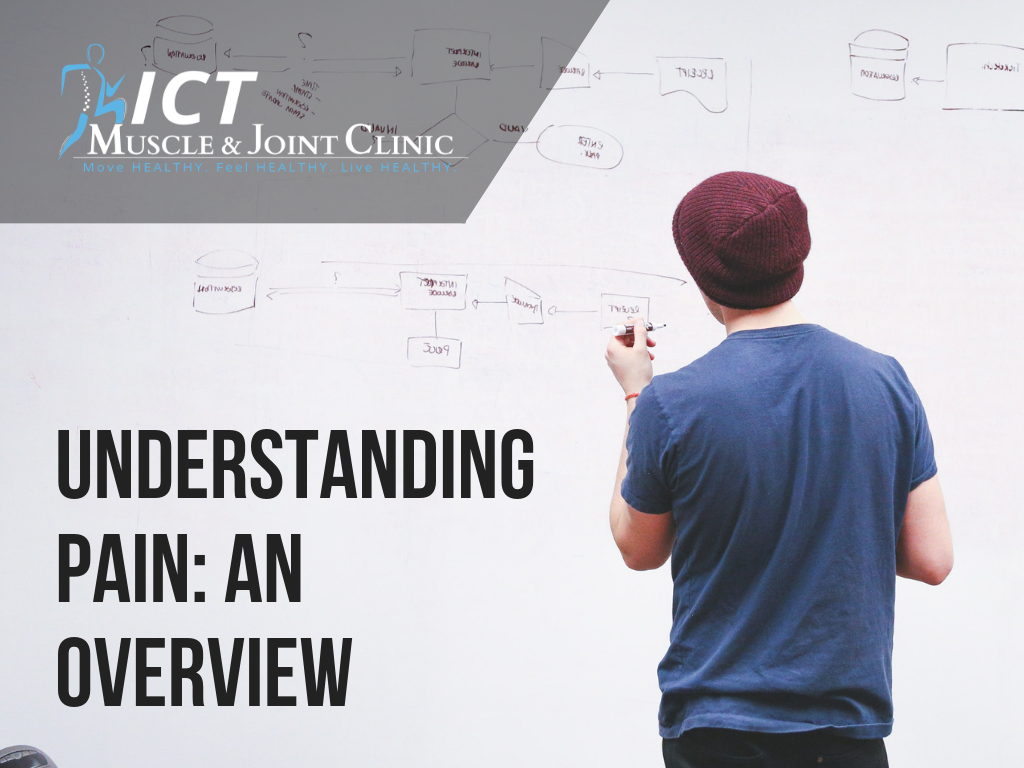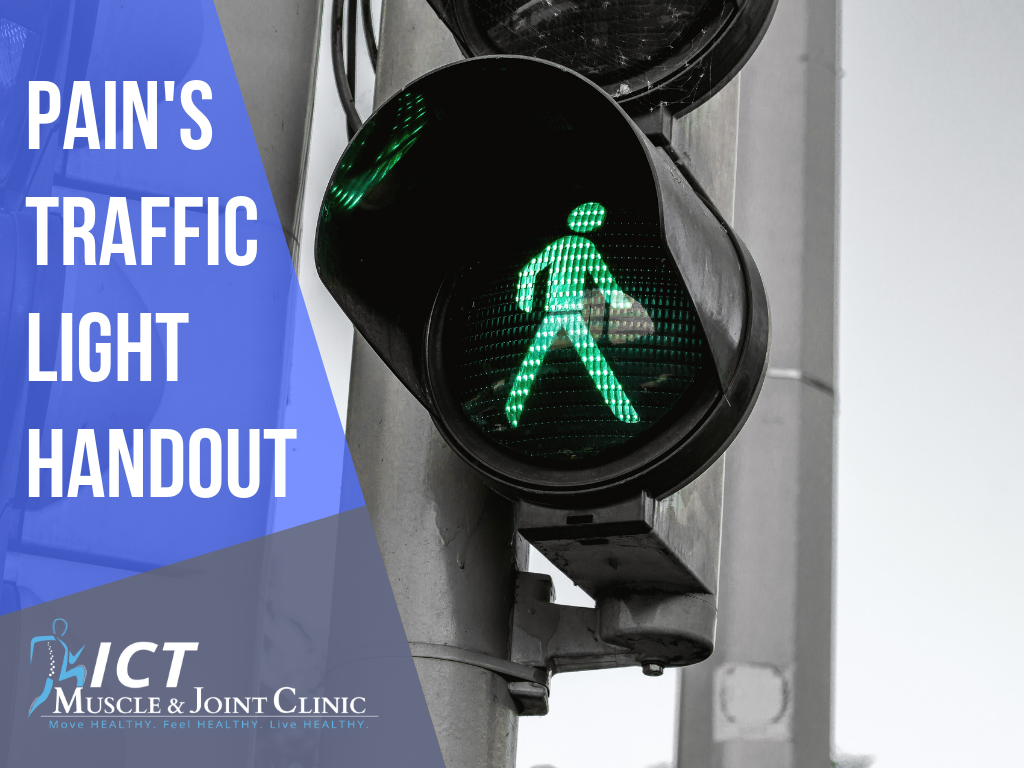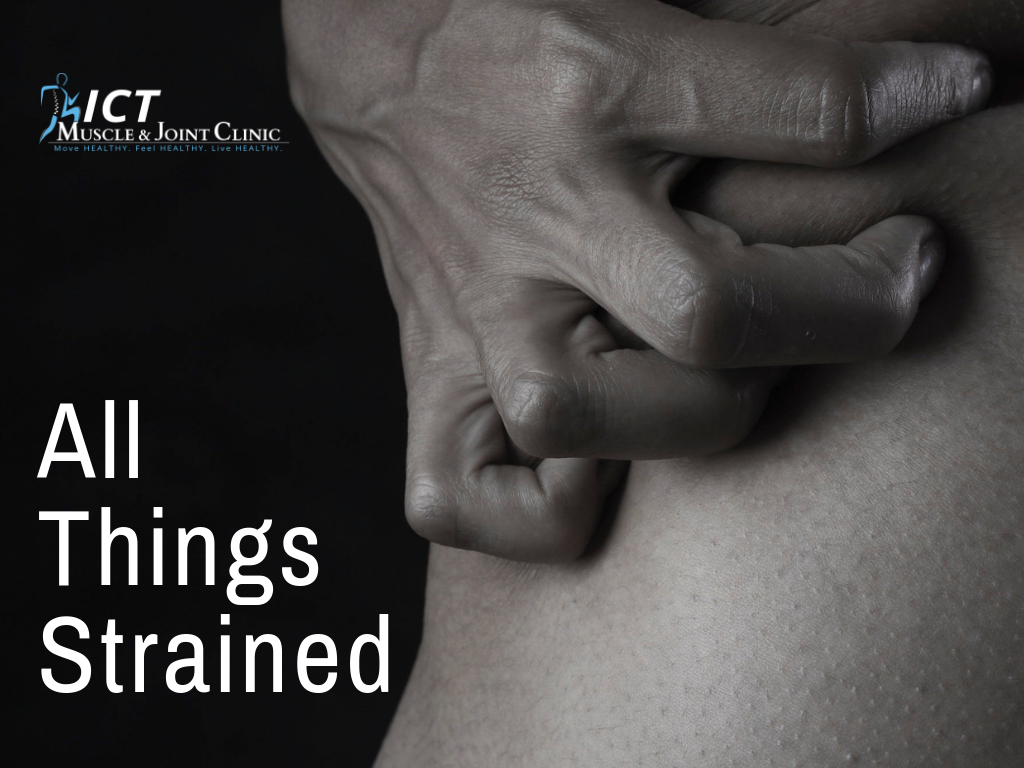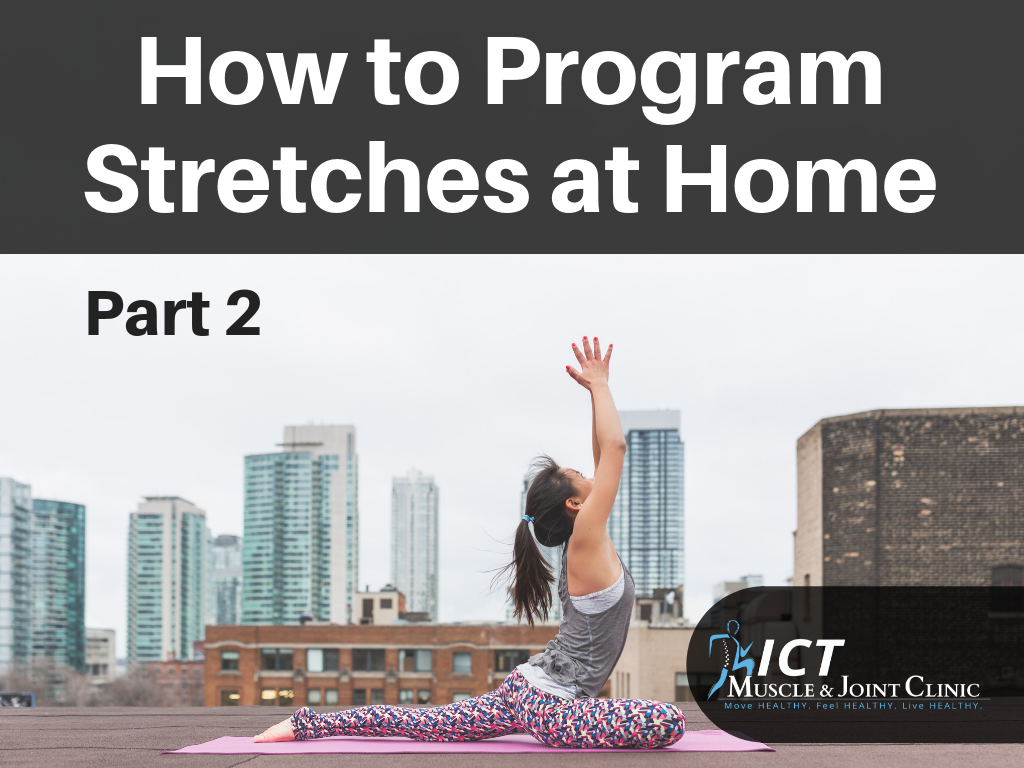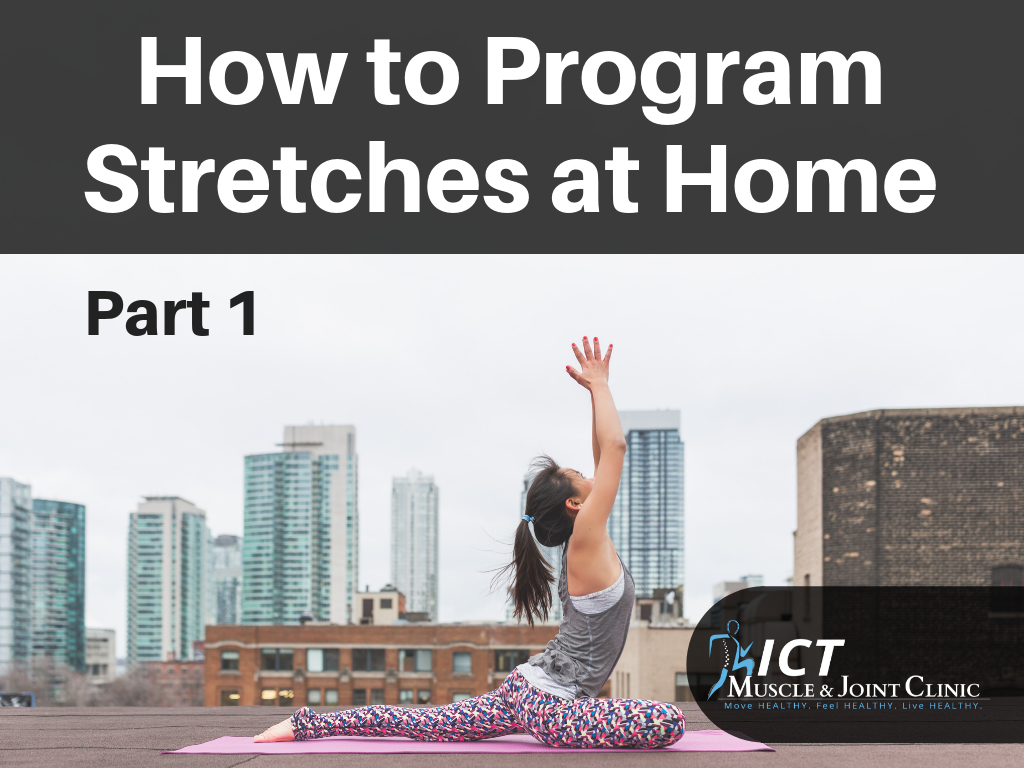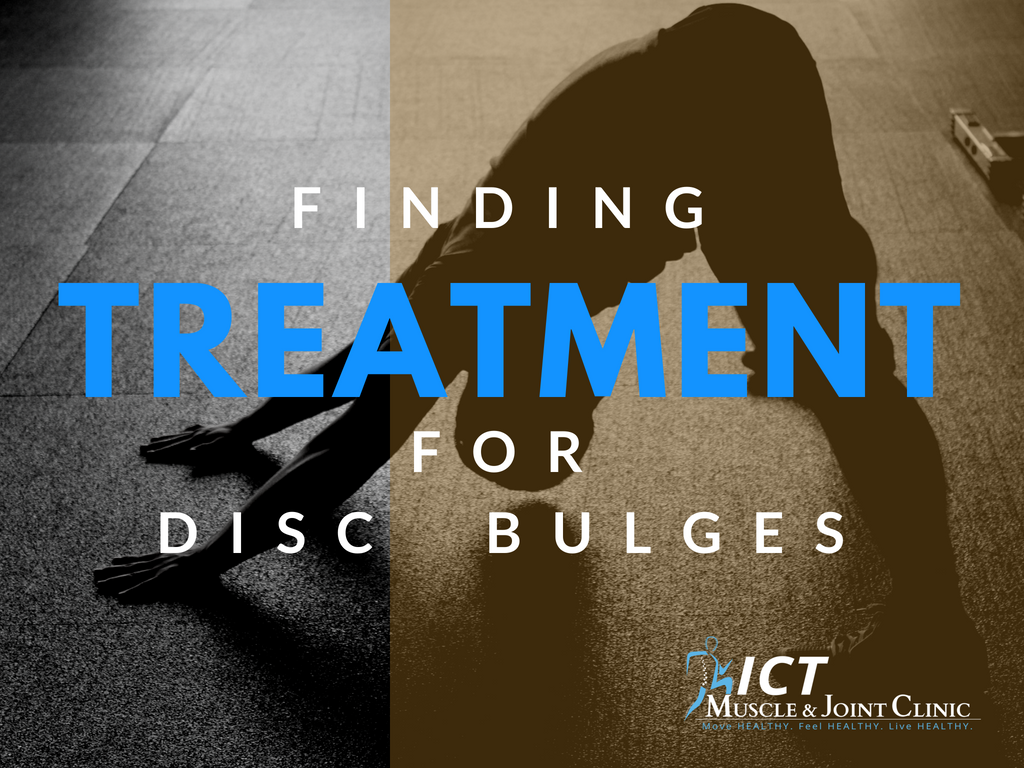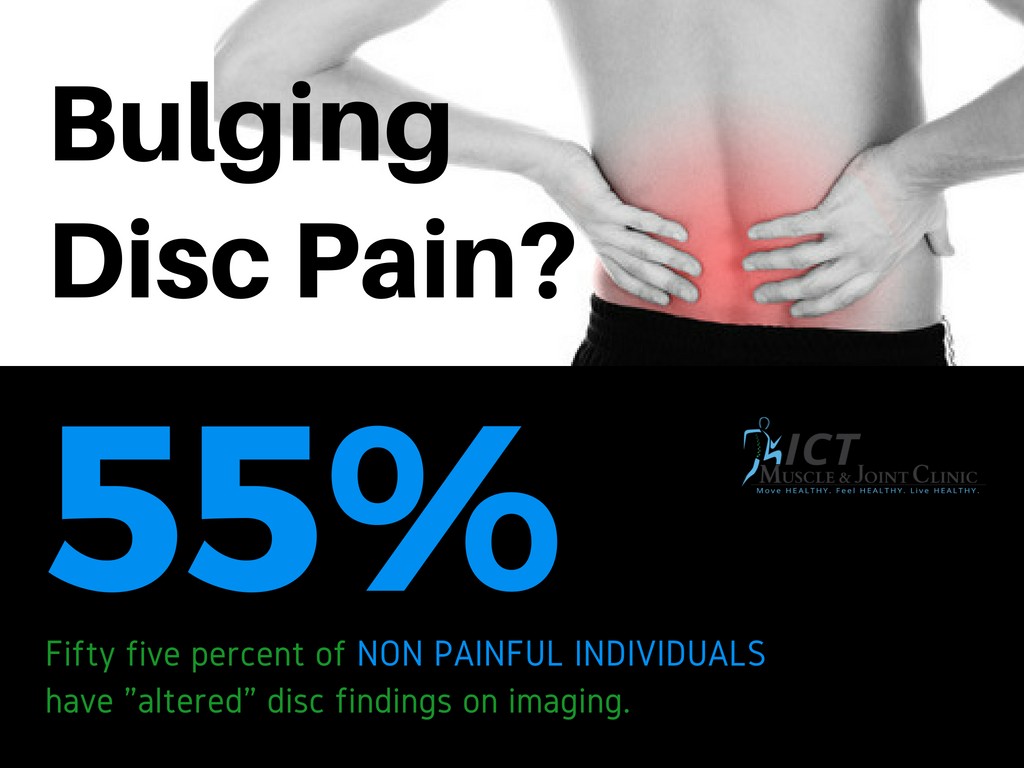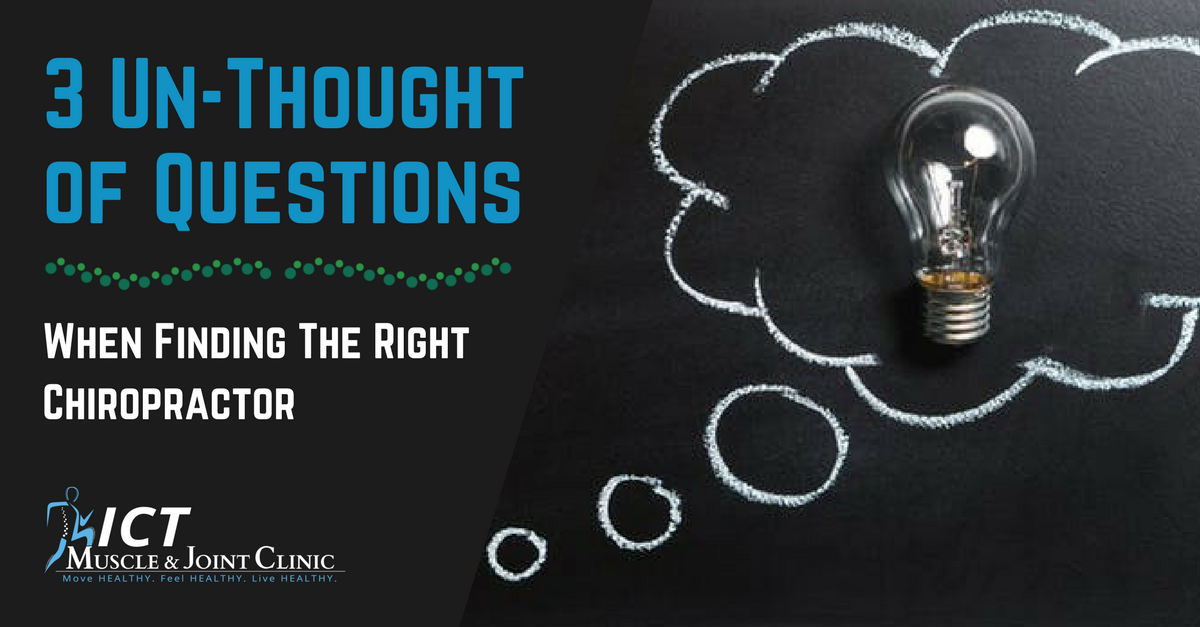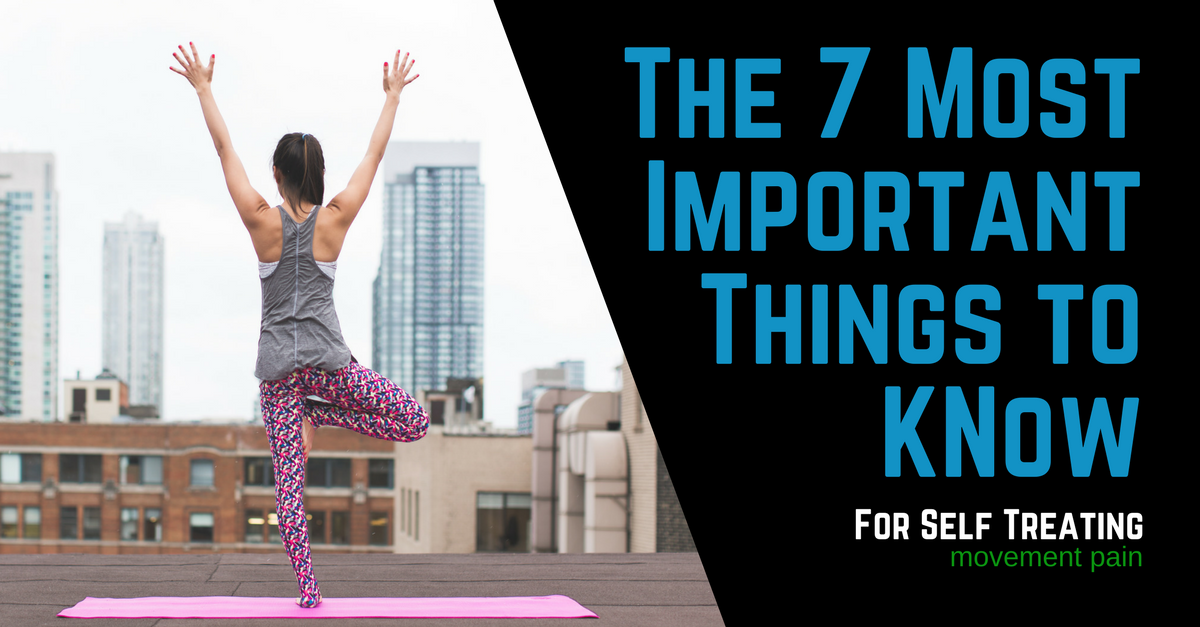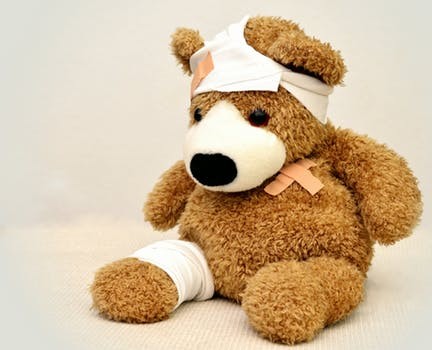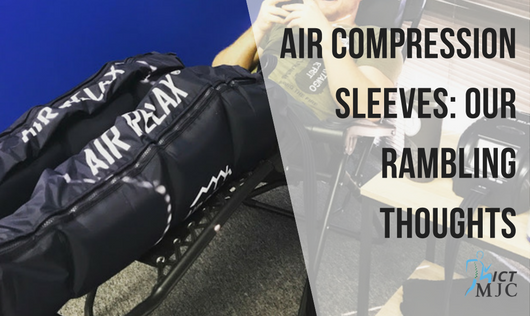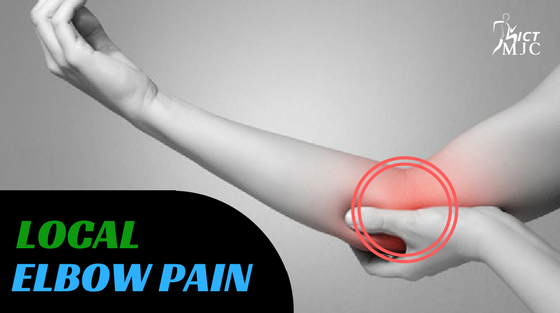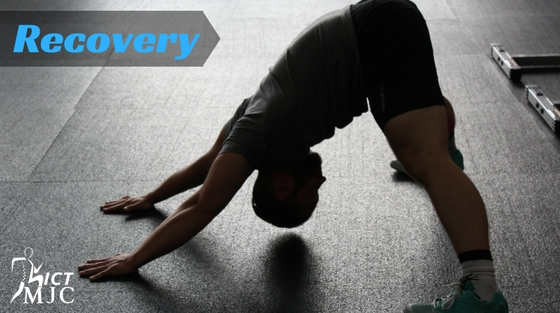Pain is not always simple. It is easy to understand if we roll an ankle or break a bone what is causing the pain. However, pain is not always a cause and effect event. Pain can come from many different sources and may be simultaneously with other sources at the same time (as shown below). Individuals with multiple sources of pain are often dragged through the healthcare system with little results or given complicated diagnoses such as Fibromyalgia or Chronic Regional Pain Syndrome.
Navigating through pain can be frustrating. This traffic light handout’s goal is to help you understand WHEN to perform your exercises based on your pain symptoms.
BREATHING AND PAIN
When we have pain or become stressed we can develop a rapid or shallow breathing pattern. This breathing pattern can increase tension in the neck, chest, and shoulders. Overtime, this increased tension can lead to trigger point formations which can produce specific pain patterns.
WHAT IS NERVE PAIN?
Nerve pain is typically thought of as radiating pain down the arms or legs with diagnosis such as Sciatica. This pain occurs via the peripheral nerves. Your peripheral nerves connect your brain and spinal cord to the rest of your body. These nerves connect your brain and body to express danger. Anywhere along the path of these nerves a negative stimulus can cause symptoms.
There are three stages of healing following an injury: inflammatory, proliferative, and remodel. Each phase of healing may take different amounts of time depending on the extent of the injury and tissue(s) injured. Recognizing which phase of healing you may be in is important for a speedy recovery. Be sure to ask your chiropractor about which phase of healing you are in during your journey to recovery.
WHAT IS INFLAMMATION?
After an injury, or flare-up of an existing issue, the body produces inflammation. Symptoms of inflammation may include: pain, swelling, redness, increased temperature, and loss of movement. When inflammation sets in, it usually is felt as an increase in 3 points on a 10-point scale, which lasts longer than a day. Once inflammation sets in, the body starts to heal. Pain is your body’s response to inflammation. Pain bring awareness to an area of the body to decrease the odds of re-injury during the early phase of healing.
Strain to the body can be both good and bad. Like all things in life it’s a balancing act. Everyone has heard of a strain/sprain, or over-straining yourself. Usually strain is thought of as bad however strain can also be good. But how do we know when strain is good vs bad? To understand good vs bad strain, we need to understand how strain occurs. Strain to the body is caused in three ways: load, speed, duration.
The whole moto of this approach is “too much of a good thing can be bad.” With each example, in Part 1, the person started to experience a decline in feeling better when performing more reps or more amount of time spent in a specific stretch. Let’s explain why.
Easiest truth, find a McKenzie or Mechanical Therapy & Diagnosis (MDT) healthcare provider. This will save you money, time, and frustration. If a clinic’s website does not list MDT than the doctors on staff do not understand MDT. MDT is one of the most botched techniques out there, much like A.R.T., and the growing rise in popularity with dry needling. In my opinion, McKenzie, is the number one conservative-based approach to treating symptoms commonly associated with disc pain and onto further physical therapeutic care and rehab. Sure there are other things that can help treat disc pain such as decompression and distraction machines, however they do not promote self-care which only increase costs to you and the entire healthcare system as a whole.
The subtitle here should read, “Enter the Gauntlet.” Disc pain is more variable than any other type of “true” musculoskeletal related pain. It almost seems like there is no rhyme or reason in symptoms. Disc related pain can even be the source of pain behind other unresponsive diagnoses such as: carpal tunnel, plantar fasciitis, and IT band syndrome.
This question is becoming more and more controversial for neck and low back pain. For the past few decades, healthcare has largely based its treatment options for disc herniations on image findings (X-ray, MRI, CT Scans). With these advanced tools, one would think positive outcomes with disc herniations would be significantly higher; however, different types of clinicians come to different conclusions when using different diagnostic and clinical tests. (1,2) This creates an approach based on a doctor’s theory of pain rather than a comprehensive, evidence-based approach.
With chiropractic care you never know what you are going to get. Google, Facebook, and Yelp reviews can help (though sometimes misleading), or maybe a family member or friend referred you to a specific chiropractic clinic or practitioner.
When it comes to self-treatment, there is a plethora of information on the internet. How do you navigate it accordingly? Stretch this, activate that, feel here and not there – you can quickly be standing on your head feeling more lost then when you started. We have put together a “cheat sheet” on what we find are the most important CONCEPTS when trying to self-treat at home. By focusing your efforts on concepts or principles, it will help weed out 95% of unneeded information on the web.
Happy Holidays everyone!
We wish you, your family members, and friends the very best going into the new year! It is always exciting to think of what the next year will offer as you reflect on the previous year. For us, so many things have changed; Rachel and I were married, and we are now expecting our first child late spring. As I am writing this I cannot believe how much has changed so fast and how well Wichita has rallied behind our cause of setting a new standard for chiropractic care. Stating this there will be some changes in services and pricing for 2018.
I am tired of seeing orthotics being prescribed like pills. Oh, your foot hurts… Well this shoe and orthotic combo work wonders but it will cost you $1300+. Um… No. Has your foot pain hurt you your entire life? Chances are the answer is a strong no! Over-the-counter orthotics are relatively pointless to relieve your pain unless they cost $20 or less constructed with Sorbothane. Here is a link for a pair on Amazon or if you want them now most Walgreens or CVS carry them. Sorbothane is the best shock absorbing material on the market, period. This type of orthotic is more for those individuals that have generalized foot pain during long periods of standing.
Forgetting many little nuisances to "needling" such as gauge, size, diameter, and material, here is our approach to dry needling. Depending on a person’s comfortability and tissue quality we may start with just dry needling; no fancy tricks. From here, if needed, I will progress into more intricate forms of dry needling if results become stagnant or limited. Quite frankly this rarely happens as long as the injuried tissue is classified correctly. Don’t get me wrong, dry needling is powerful, but it is never the end-all-be-all. Sometimes people are scared of the idea of dry needling and want to be eased into the approach. There is no right or wrong mindset here.
There are so many options available today when it comes to improving recovery speed, that it makes it difficult to comprehend which methods or which pieces of equipment are worth your time and (monetary) investment. Recently we purchased a lower body set of compression sleeves. After a few months of using them, here are our thoughts.
Reading this title, you might have considered "local" as a geographical location such as Wichita, KS; however, I am referring to pain that is arising in tissues (muscles, fascia, tendons, ligaments) local to the elbow. There are many causes to elbow pain. Elbow pain can originate from simple issues such as: muscular tension surrounding the elbow, or more complex scenarios arising from the shoulder blade and neck. When the source of the pain is close to the elbow, it is considered local pain. Elbow pain arising from the shoulder or hand is considered regional pain, and when pain is a full body experience, it is considered a global pain mechanism. Whatever the cause may be, taking the time to identify if the pain source is local, regional, or global is the only way to decrease and eliminate the pain as fast as possible.
The old adage "no pain no gain" is a fool's philosophy. There are times in training you may feel fatigued, tired or outside of your comfort zone and this is fine. I am referring to the difference between "it hurts so good," and "it flat out hurts." If you are in the latter group, then you have missed out hugely on progress and performance.
